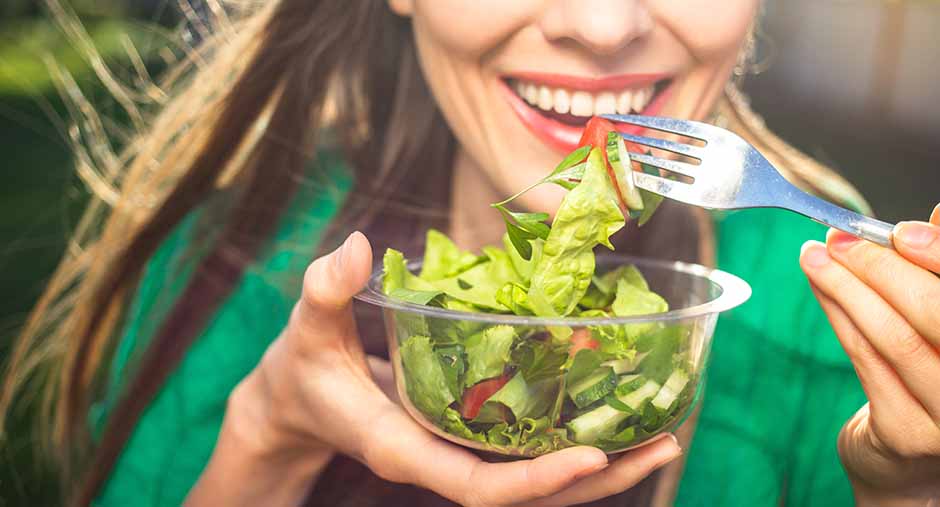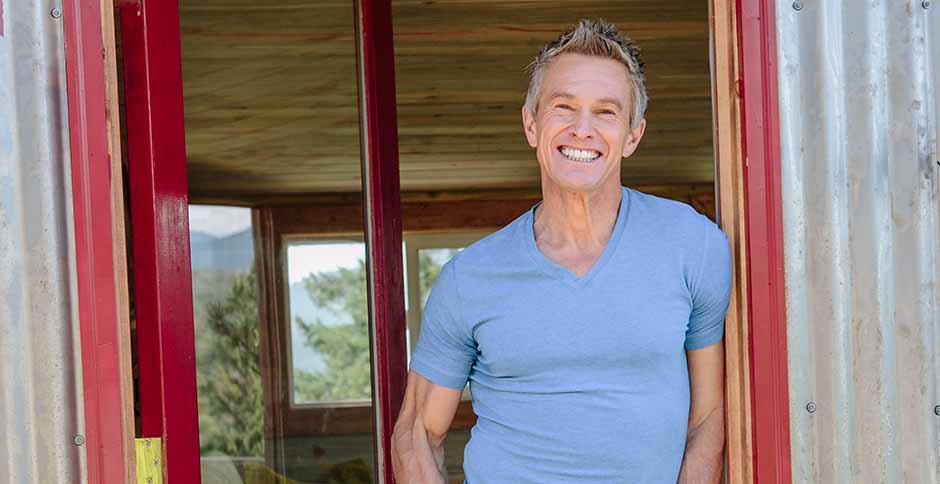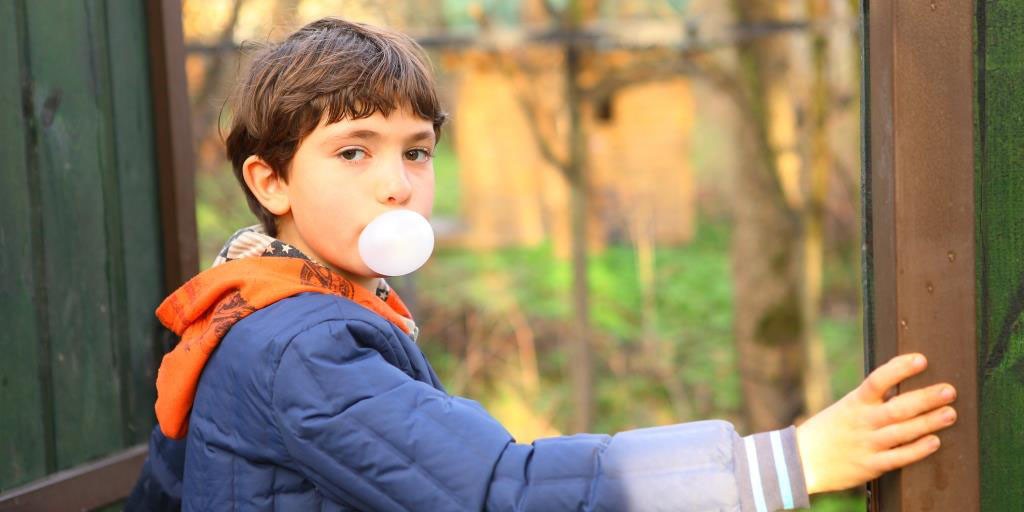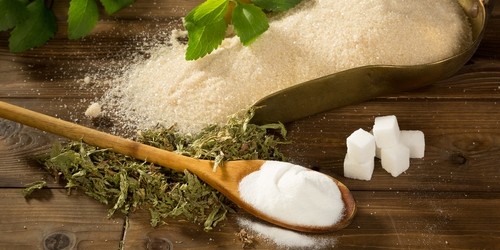Earth Day has passed and the People’s Climate March is taking place this coming Saturday, April 29. Tree planting and garden planning are in full swing. The spring season offers ample opportunity to be good stewards of the planet. But adopting an “Earth Day, everyday” mindset is what truly makes a positive impact on the environment.
One way to put this mindset into action is to reduce plastic use in our daily lives. Plastic is everywhere. First developed in the 1860s, plastic use gained momentum following World War I when it was used in everything from common consumer goods to health care products. Nearly 150 years after this innovative substance was first unveiled, it is clear that plastic is, literally, here to stay. Plastic can take between 450-1,000 years to decompose, releasing estrogenic and other chemicals into the environment—in other words our air, our water, and our soil—as they break down.
Plastic, which is derived from petroleum, “is a substance the earth cannot digest,” according to the Plastic Pollution Coalition. It is predicted that by 2050, our oceans will contain more plastic than fish. From disposable water bottles, to straws, to toy dump trucks, plastic is a main ingredient in products that are novel and fun. But reducing our dependency on plastic requires discipline. Since plastic is everywhere, living with less of it may be hard at first but can soon become a liberating new habit. By saying “No” to plastic, we say “Yes” to a cleaner planet and a healthier world in which to live, breathe and play.
Here are 5 easy ways to get started eliminating plastic from your life and from the environment:
1. Ditch Single-Use Plastic Containers
Earth-friendly stand-ins for disposable plastic water bottles, mini yogurt containers, and plastic cutlery, are widely available. Invest in a reuseable water bottle. Buy the “big” yogurt tub, portioning smaller servings into reusable containers for school lunch. Head to a thrift store to stock-up on mix and match forks, spoons and knives (or try a reusable spork!) for a shabby chic picnic or take away meals.
2. Get a Glass Straw
In the United States alone, consumers use enough straws to fill Yankee Stadium 9 times over in one year. Luckily, there are lots of fun alternatives to using plastic straws. Make it cool to BYOS (Bring Your Own Straw) by showing up to the next big game with one made from paper or even from glass.
3. Use Reusable Bags When Buying Produce
Using reusable bags while shopping for fruits and veggies can make a significant dent in reducing your plastic bag use. Purchase low-frill, high-function bags online, or make your own out of your favorite lightweight recycled fabrics. These bags, and other reusable containers like jars, can also be used when buying in bulk, doubling your impact in plastic reduction. Buying in bulk eliminates the additional waste that comes with purchasing pre-packaged products.
4. Switch to Plastic-Free Personal Care Products
Known to contaminate oceans and other waterways, tiny plastic particles called microbeads that are found in many health, beauty and personal care products have been gaining in notoriety over the past few years. Big name corporations like L’Oreal and Unilever are leading the way to eliminate microbeads from everyday products, such as shampoo and toothpaste. Discover microbead-free personal care products at Beat the Microbead.
5. Teach Your Children
In general, children love “Mother Earth” making it easy to onboard the next generation to use planet-positive habits. Whether outfitting kids with their own reusable water bottle or engaging them in regular plastic trash scavenger hunts, most children will enthusiastically participate in activities that help to reduce plastic use in your family and your community.











Comments
Thanks for this article! I’m going to get reusable straws now!!